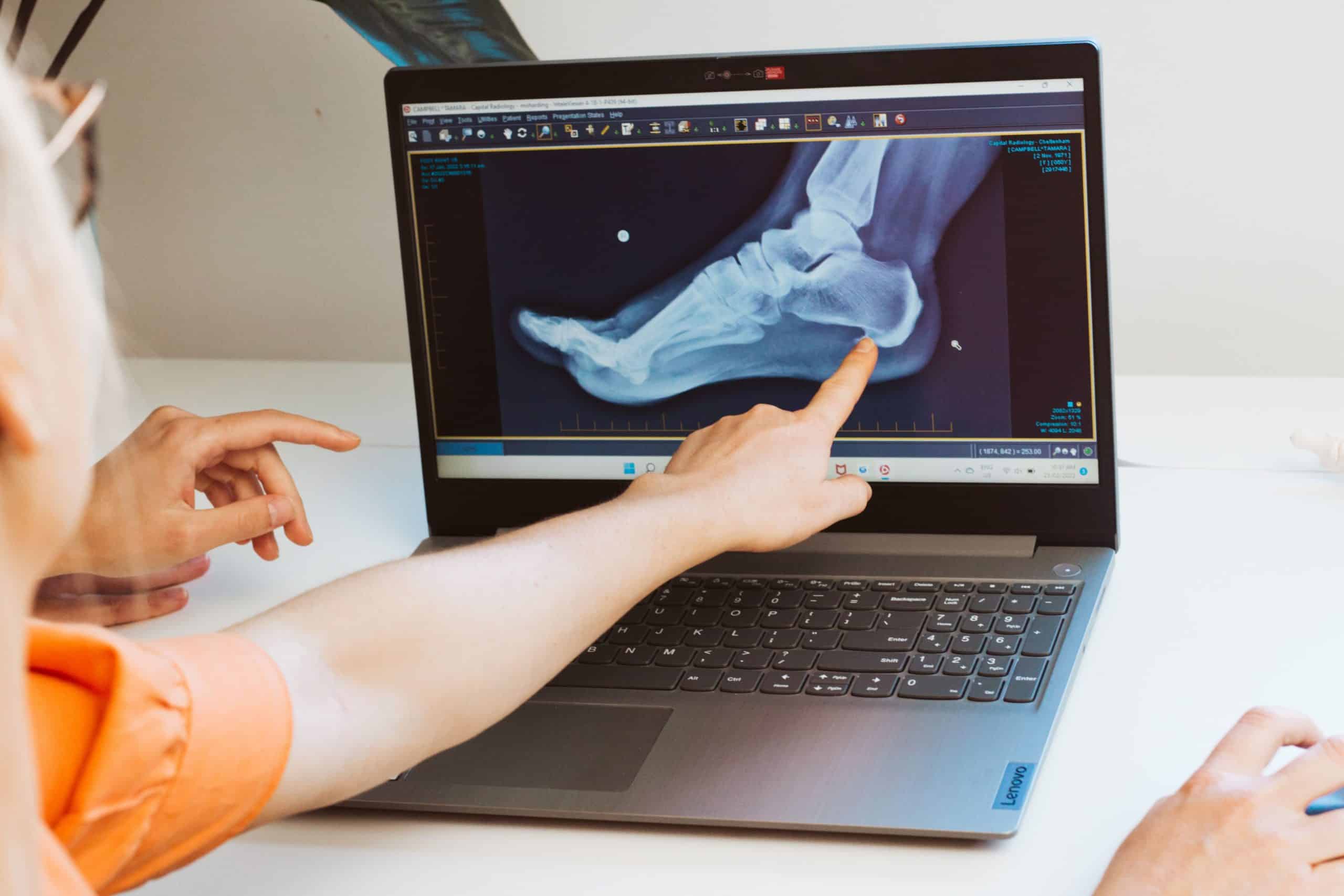Stress fractures are an overuse injury that mostly occur in the weigh bearing joints of the lower limbs and feet. This is due to the increase amount of pressure and stress placed on these bony structures.
If the muscles in the lower limb and foot are overused they become weak and tired and are no longer able to assist in shock absorption on impact. This results in increased stress and work on the bones, which may lead to hair line cracks from repetitive accumulated stress.
This injury is very common in athletes, especially runners, basketballers, dancers and gymnasts. This is because it is directly related to the frequency, duration and intensity of training and physical activity.
Hairline fractures are however not dependant on age, gender or level of physical activity and often can occur with minimal history of preceding trauma.


